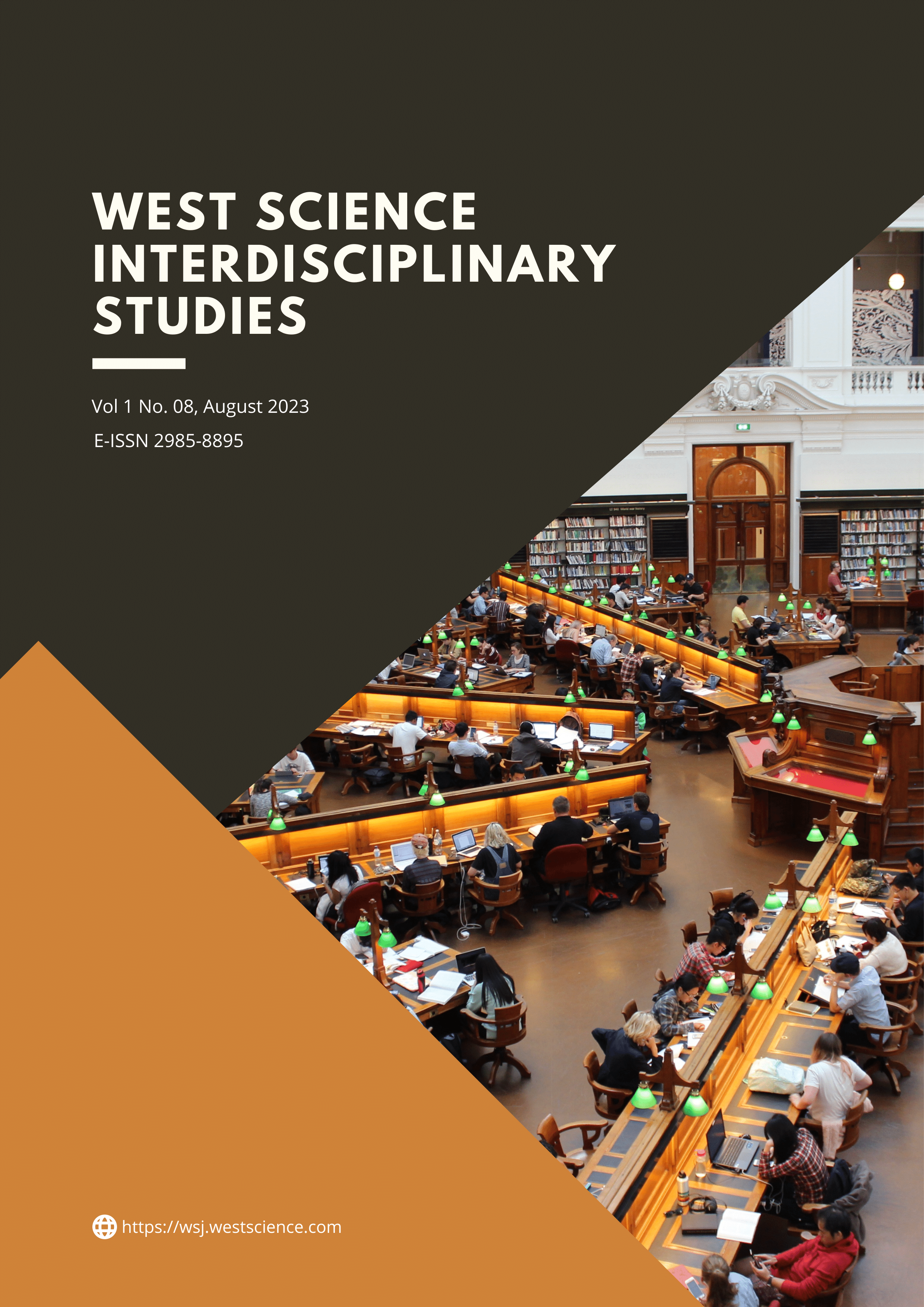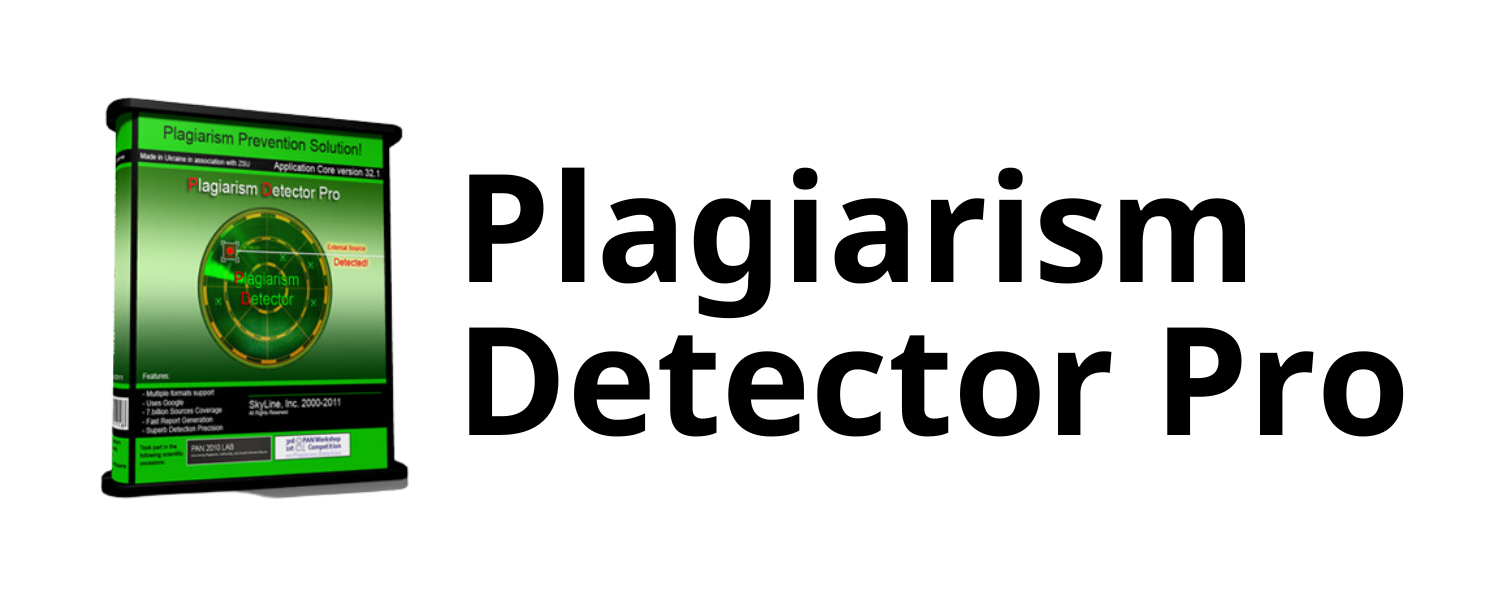Description of Anxiety in Preoperative Cesarean Section Patients with Spinal Anesthesia in the Central Surgical Installation at RS TK IV Cijantung Kesdam Jaya in 2023
DOI:
https://doi.org/10.58812/wsis.v1i08.1583Keywords:
Anxiety, Preoperative, Spinal Anesthesia TechniqueAbstract
Preoperative anxiety is an anticipatory response to an experience that is considered by the patient as a threat in the role of life, body integrity, and even life itself (Agustin, 2020). Influential factors are husband's support, postpartum complications, age, parity, and type of SC (Irawati, 2017 in Imani, 2020). The sources of preoperative anxiety are broadly divided into two, namely anxiety about anesthesia and anxiety about surgical procedures. (Jawaid M et.al, 2016). Spinal anesthesia techniques can be performed in Sectio Caesarea with the main advantages of this technique are the risk of aspiration in the mother is lower, the baby is not exposed to drugs that cause respiratory depression, the patient remains conscious during surgery and maintains the airway, and requires minimal postoperative and analgesia treatment (Morgan, 2013). This study aims to describe the level of anxiety of preoperative Sectio Caesarea patients with spinal anesthesia at the Bhayangkara Public Hospital. Method of Research: This study was a descriptive survey with a cross sectional design conducted from February to March 2022. The population in this study was 208 patients with a sample of 32 patients. The sampling technique used in this research is Quota Sampling. The results of this study were 43.8% of respondents experienced mild anxiety. In the age group less than 30 there are 25% of patients who experience moderate anxiety. The results of the study indicate that at all levels of education, respondents generally experience mild anxiety and it is also found that at the level of experience, respondents generally experience mild anxiety. More than half (56.3%) of respondents were under 30 years old with the dominant education level of respondents being high school (46.9%). Almost half (43.8%) of respondents who underwent cesarean section surgery with spinal anesthesia at the Bhayangkara Public Hospital experienced mild anxiety.
References
R. Agustin, M. T. Koeryaman, and I. A. DA, “Gambaran tingkat cemas, mobilisasi, dan nyeri pada ibu post operasi sectio sesarea di RSUD dr. Slamet Garut,” J. Kesehat. Bakti Tunas Husada J. Ilmu-ilmu Keperawatan, Anal. Kesehat. dan Farm., vol. 20, no. 2, pp. 223–234, 2020.
S. P. Astuti, “EFEKTIFITAS TERAPI MUSIK DAN VIDEO KOMEDI TERHADAP KECEMASAN PASIEN PRE OPERASI SECTIO CAESAREA DENGAN SPINAL ANESTESI DI RS KIA SADEWA YOGYAKARTA.” Poltekkes Kemenkes Yogyakarta, 2018.
R. Ghimire and P. Poudel, “Preoperative anxiety and its determinants among patients scheduled for major surgery: a hospital based study,” Int. J. Anesth. Clin. Med., vol. 6, no. 2, pp. 57–60, 2019.
I. Pawatte, C. Pali, and H. Opod, “Perbedaan tingkat kecemasan pada ibu pre seksio caesarea di RSIA kasih ibu dan RSUP. Prof. Dr. RD Kandou Manado,” J. Kedokt. Komunitas dan Trop., vol. 1, no. 3, 2013.
R. I. Imani, M. Z. Syahrul, and D. Kurnia, “Gambaran Kecemasan Pasien Preoperatif Sectio Caesarea dengan anestesi spinal di RSIA Siti Hawa Padang,” J. Ilmu Kesehat. Indones., vol. 1, no. 2, 2020.
D. Arda and H. Hartaty, “Penerapan Asuhan Keperawatan Post Op Section Caesarea dalam Indikasi Preeklampsia Berat,” J. Ilm. Kesehat. Sandi Husada, vol. 10, no. 2, pp. 447–451, 2021.
F. A. Esta, “Faktor Faktor Yang Berhubungan Dengan Terjadinya Persalinan Sectio Caesarea Di Rsud Rantauprapat Tahun 2017,” 2020.
N. Soekidjo, “Metodologi penelitian kesehatan,” Jakarta: Rineka Cipta, vol. 50, 2010.
Sugiyono, Metode Penelitian kuantitatif, kualitatif dan R&D. Bandung: Alfabeta, 2014.
R. Kustiawan and A. Hilmansyah, “Kecemasan Pasien Pre Operasi Bedah Mayor,” Media Inf., vol. 13, no. 1, pp. 60–66, 2017.
S. M. Frank, H. K. El-Rahmany, C. G. Cattaneo, and R. A. Barnes, “Predictors of hypothermia during spinal anesthesia,” Anesthesiology, vol. 92, no. 5, pp. 1330–1334, 2000.
D. J. Buggy and A. W. A. Crossley, “Thermoregulation, mild perioperative hypothermia and post-anaesthetic shivering,” Br. J. Anaesth., vol. 84, no. 5, pp. 615–628, 2000.
F. T. Mendonça, M. C. de Lucena, R. S. Quirino, C. S. Govêia, and G. M. N. Guimarães, “Risk factors for postoperative hypothermia in the post-anesthetic care unit: a prospective prognostic pilot study,” Brazilian J. Anesthesiol. (English Ed., vol. 69, no. 2, pp. 122–130, 2019.
A. Qona’ah, N. E. Rosuliana, A. Bratasena, and I. Made, “Management of shivering in post-spinal anesthesia using warming blankets and warm fluid therapy,” 2019.
A. S. Hasibuan, M. Z. Syahrul, and G. Revilla, “Gambaran Kecemasan Praoperasi pada Pasien yang akan Menjalani Operasi Elektif di RSUP Dr. M. Djamil Padang,” J. Ilmu Kesehat. Indones., vol. 1, no. 3, pp. 386–392, 2020.
A. M. Harahap, R. K. Kadarsah, and E. Oktaliansah, “Angka Kejadian Hipotermia dan Lama Perawatan di Ruang Pemulihan pada Pasien Geriatri Pascaoperasi Elektif Bulan Oktober 2011–Maret 2012 di Rumah Sakit Dr. Hasan Sadikin Bandung,” J. Anestesi Perioper., vol. 2, no. 1, pp. 36–44, 2014.
B. K. Kwon et al., “Hypothermia for spinal cord injury,” Spine J., vol. 8, no. 6, pp. 859–874, 2008.
Downloads
Published
Issue
Section
License
Copyright (c) 2023 Yohana Saputra

This work is licensed under a Creative Commons Attribution-ShareAlike 4.0 International License.
























 Instagram
Instagram 